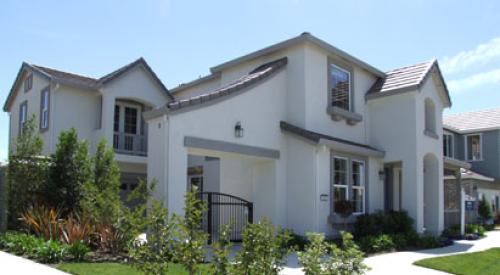After three consecutive years of record-low construction levels, the vigor of the recovery in housing now hinges on a return of demand. The lingering consequences of the recession and financial crisis, however, are thwarting a broader recovery. That is just one of the conclusions reached in the new report, The State of the Nation’s Housing report from the Joint Center for Housing Studies of Harvard University.
“While the sharp declines in both home prices and interest rates have left homes in many places more affordable than they have been in decades,” says Eric S. Belsky, Managing Director of the Joint Center for Housing Studies, “stubbornly high unemployment and tightened lending standards have limited the ability of many first-time buyers to capitalize on the situation.”
“The state of the nation’s housing is sobering,” Belsky continues. “Total housing construction over the previous decade now barely exceeds the lowest level of any 10-year period in records dating back to 1974, but vacancies remain elevated because the recession has driven demand down so sharply.”
One bright spot is rental housing. “Rental housing markets are tightening and may begin to lead a modest recovery in housing construction this year,” says Chris Herbert, Research Director of the Joint Center for Housing Studies.
The rental vacancy rate fell from 10.6 percent in the first quarter of 2010 to 9.4 percent in the last, the lowest quarterly rate posted since 2003. Just under one-third of the 64 markets surveyed by MPF Research reported vacancy rates below 5 percent at the end of last year, and more than half reported rates under 6 percent. Only a year earlier, vacancy rates in just one-fifth of these markets were below 6 percent.
The report also points out that the market could turn quickly as evidenced by the healthy boost in both home sales and prices brought about by the 2010 homebuyer tax credit. “The ingredients for a sustained recovery may be coming together,” Herbert further noted, “but it is still not clear when homebuyers will have the urgency to return to the market in sufficient numbers to lift the market in a meaningful way.”
Other Key Findings
- In addition to the sobering overall housing picture as presented in the report there were several key findings beyond the bright spot in rental housing.
- Shifts in Demand. Demographic trends make some aspects of the longer-term picture clearer. Aging Baby Boomers will result in a 35 percent increase in the number of homes headed by persons over the age 65 by 2020. This will result in a shift in home design for those wishing to age in place. In addition, the massive Echo Boom generation will come of home buying age offering an important but less predictable impact on housing markets.
- With some 42.6 million adults aged 20–29 in 2010, the increase in these shares in the second half of the decade amounts to an additional 1.6 million young adults living at home. If employment grows in that demographic it should boost the homeownership rate.
- Mounting Housing Challenges. Despite the recent declines in house prices, affordability challenges will mount in the coming years. At last measure, in 2009 19.4 million home owners paid more than half of their incomes for housing. And those cost pressures have moved up the income scale. Another mounting challenge is the ongoing foreclosure crisis and its impact on household wealth and their ability to cash out and move to other housing. Household formation growth will be a key driver of a housing recovery.
To download a copy of the report go to www.jchs.harvard.edu.













